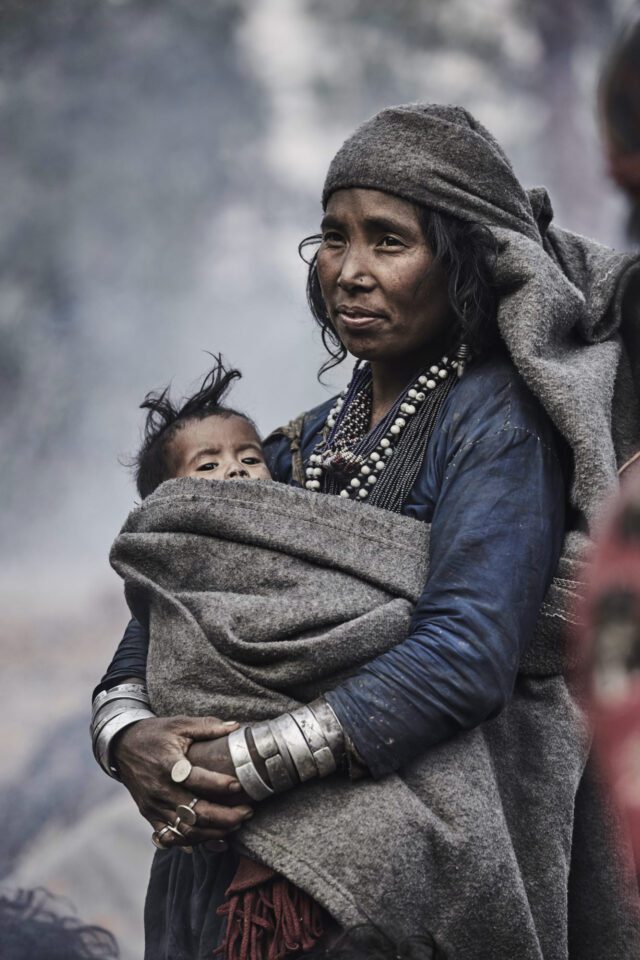
Despite the effect of monogeny on inbreeding, it is doubted whether inbreeding avoidance is the only force that drives the evolution of monogeny in gall midges.

However, the maximum inbreeding coefficient of individuals per generation in non-monogenous populations was significantly higher than in monogenous populations. Simulation of monogenous gall midge pedigrees, calculation of inbreeding coefficients of individuals for 20 generations, and comparing the results with those of a non-monogenous species revealed that the total average inbreeding coefficients of individuals were not dramatically different between these two populations. So offspring of each female must inevitably mate with those of other females, and in the worst condition, mating may occur between individuals with a common sire but different mothers, where they are only half siblings. As a consequence, no full-sib mating occurs in monogenous populations. David Meltzer That’s according to a new study conducted by an international team of academics that included Southern Methodist University archaeologist David Meltzer. 77-84 ISSN: 0013-8703 Subject: Cecidomyiidae, evolution, females, inbreeding, inbreeding coefficient, males, mothers, pedigree, progeny, siblings, sires Abstract: Several species in the family Cecidomyiidae (Diptera) are known by a particular reproduction mechanism called monogeny, in which all offspring of each individual female are either exclusively male or exclusively female. Originally Posted: OctoAt least 34,000 years ago, human hunter-gatherer groups minimized inbreeding by developing sophisticated social and mating networks. Monogeny, a neglected mechanism of inbreeding avoidance in small populations of gall midges Author: Tabadkani, Seyed Mohammad, Khansefid, Majid, Ashouri, Ahmad Source: Entomologia experimentalis et applicata 2011 v.140 no.1 pp. They had low population density, ample natural resources, and relied on neighboring bands to trade members in order to maintain genetic diversity and prevent inbreeding.


 0 kommentar(er)
0 kommentar(er)
